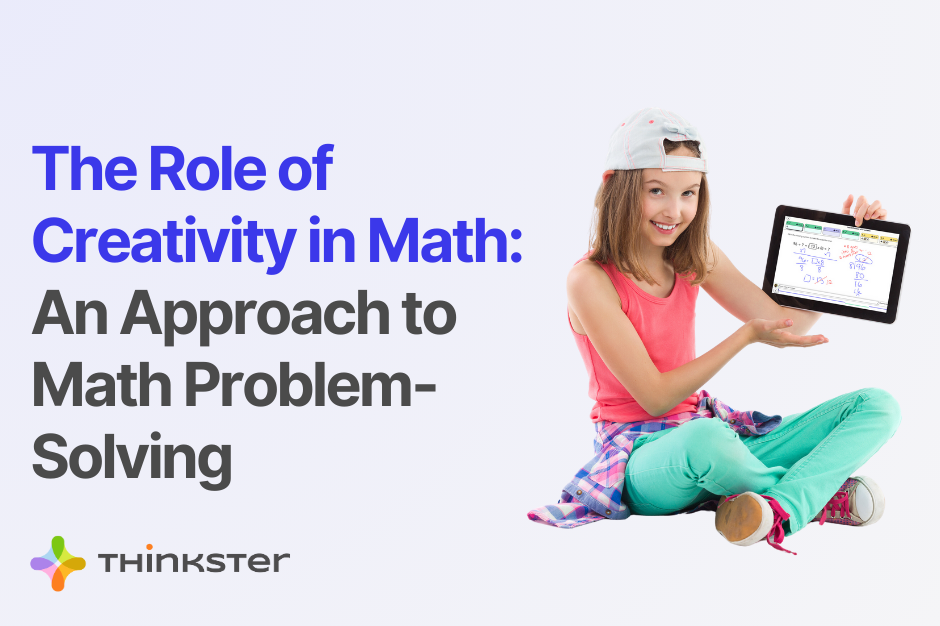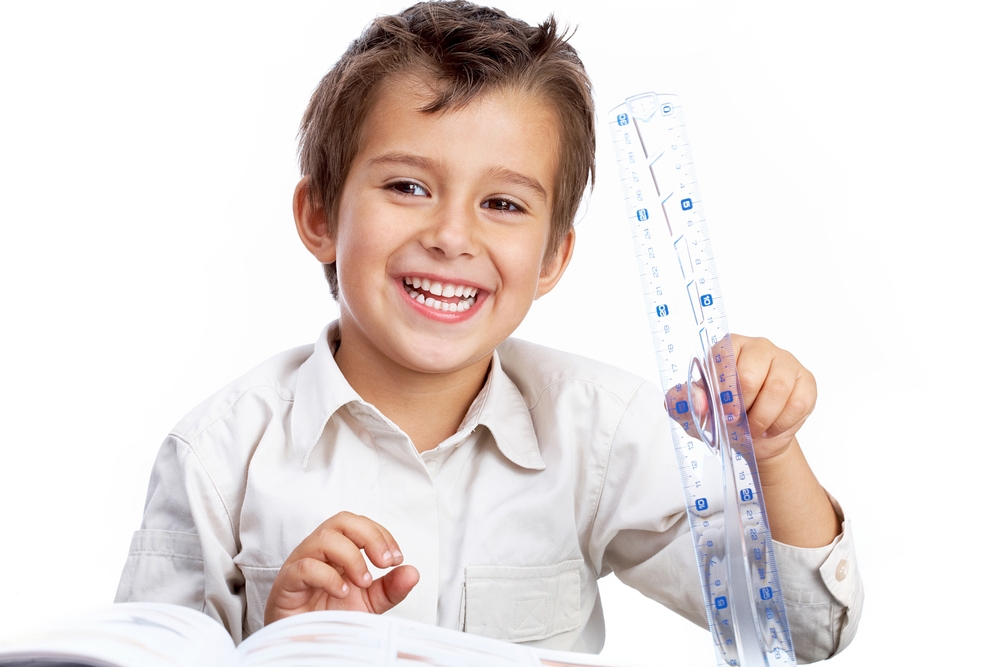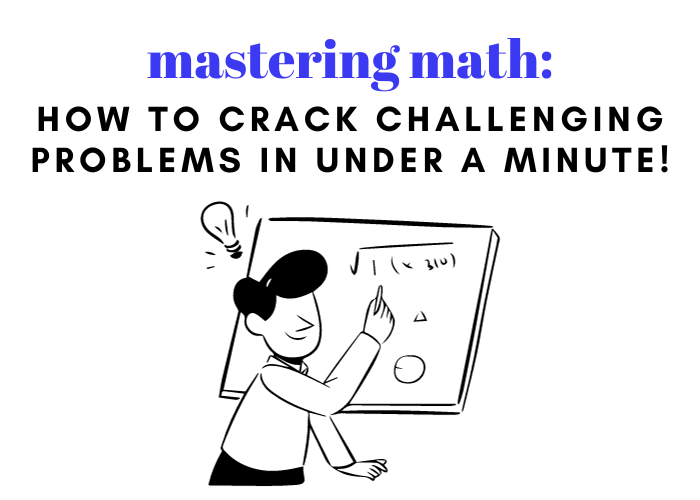

Last Updated on August 31, 2021 by Thinkster
Many parents have fond memories of their own kindergarten days: fun art projects, graham crackers and milk, plenty of play time, and maybe even a nap. You learned about letters and numbers and probably some basic words. The kindergarten experience up until a couple decades ago was intended to introduce kids to the concept of school while emphasizing how great learning can be. Now, it is more about getting your child ready for first-grade math.
At some point, kindergarten changed. No longer simply an introduction to school, many curricula approach kindergarten as another level of grade school, placing greater focus on the educational aspect and less on the social and developmental transition that kids experience. With the emergence of Common Core, kindergartners are expected to know more and more math concepts before even starting first-grade math. Whatever your feelings are on this shift in education, ensuring your kindergartner is ready for the next level of school is important. Here are some concepts for you and your child to consider as they prepare for first-grade math:
Counting Past 20
First-grade math introduces bigger numbers rather quickly. Knowing how to at least count to higher numbers (as well as the concept of hundreds and thousands) will make them seem less intimidating when they show up on a worksheet. Kindergartners who can count by 2s, 5s or 10s will be ahead of the game as well.
Numbers Are Everywhere
By age 6, kids should start noticing numbers almost every place they look—at the grocery store, on license plates, on street addresses, and so on. Encourage your child to point out every number they see. Also, ask them to compare numbers—the concept of less than, greater than and equal to will be essential in first-grade math.
Basics of Addition and Subtraction
Many kindergarten curricula introduce students to simple addition and subtraction problems (answers up to 10). Kids can strengthen these concepts by using illustrations (for example, drawing pictures and counting the result to get an answer to 3+2) or objects when adding or subtracting (if you have 5 blocks and put 2 back in the box, how many are you left with?). Furthermore, there are plenty of Web resources and innovative online tutoring programs available that can help younger kids with addition and subtraction in advance of first-grade math.
Using a Ruler
Students will be measuring objects not only in math during their years in school, but in everyday situations for the rest of their lives. Knowing how to use a ruler and the basic units of measurement is great preparation for first-grade math.
Shapes
Most kindergartners know circles, triangles, and squares, but the variety of shapes they will need to identify for first-grade math will expand. Look for these shapes in the world around you: “Hey, that stop sign is an octagon!” Kindergarten is also a good time to learn three-dimensional shapes such as spheres, pyramids, cubes, cylinders, and cones.
How much does, or did, your children’s school prepare for them for first-grade math?



